




Name:
Class: School:

Academic Authors: Sonia Duggal, Anuj Gupta
Creative Director: Bhavna Tripathi
Book Production: Naveen Gauniyal, Sanjay Kumar Goel
Project Lead: Pooja Gupta
VP, Learning: Abhishek Bhatnagar
All products and brand names used in this book are trademarks, registered trademarks or trade names of their respective owners.
© Uolo EdTech Private Limited
First impression 2025
This book is sold subject to the condition that it shall not by way of trade or otherwise, be lent, resold, hired out, or otherwise circulated without the publisher’s prior written consent in any form of binding or cover other than that in which it is published and without a similar condition including this condition being imposed on the subsequent purchaser and without limiting the rights under copyright reserved above, no part of this publication may be reproduced, stored in or introduced into a retrieval system, or transmitted in any form or by any means, electronic, mechanical, photocopying, recording or otherwise, without the prior written permission of both the copyright owner and the above-mentioned publisher of this book.
Book Title: Dawn Literacy Skillbook Level A
ISBN: 978-81-980375-5-8
Published by Uolo EdTech Private Limited
Corporate Office Address: 85, Sector 44, Gurugram, Haryana 122003
CIN: U74999DL2017PTC322986
Illustrations and images: www.shutterstock.com, www.stock.adobe.com and www.freepik.com
All suggested use of the internet should be under adult supervision.

elcome to DAWN, our comprehensive series for Early Childhood Education that has been meticulously crafted to align with the guidelines of the Foundational Stage as outlined in the National Education Policy (NEP) 2020. This series is designed to provide a holistic learning experience, fostering the comprehensive development of young learners in accordance with the developmental milestones and learning outcomes specified in the National Curriculum Framework (NCF) 2022.
DAWN offers a rich blend of interactive and activity-based content to nurture each child's physical, emotional, intellectual, and spiritual growth. Our approach ensures that learning is enjoyable and meaningful, catering to every child's interests and abilities. By integrating various domains of development, we aim to create an environment where children can thrive, explore their unique potentials and cultivate a lifelong love for learning.
The curriculum is structured to promote Physical Development by incorporating activities that enhance motor skills, health, and overall physical well-being. Social and Emotional Learning (SEL) is a critical component focusing on building empathy, cooperation, and strong interpersonal relationships. Through engaging and thought-provoking activities, children develop Intellectual Capacities, fostering critical thinking, problem-solving, and a curious mind.
In line with the NCF 2022, DAWN also emphasises Spiritual and Moral Development, encouraging children to understand and embody values such as honesty, integrity, and respect for others. We aim to instill a sense of responsibility towards the environment, promoting sustainable practices from an early age.
Our curriculum is not just a series of lessons but a journey of discovery, growth, and joy. We believe that every child is unique, and our tailored approach ensures that each learner can engage with the content in a way that resonates with their individual needs and interests. By providing a nurturing and stimulating environment, DAWN sets the foundation for future success, preparing children not just for school, but for life.
The DAWN Level A Kit includes:


Free Additional Resources:
• Flash Cards
• Sticker Sheets
• Suggested Activities List, for teachers and parents
• Teacher's Manual
• Digital Learning Resources
Thank you for embarking on this educational journey with us. Together, we can make the dawn of early childhood education a bright and promising start for every child.

Dawn is a carefully crafted activities-based learning program that caters to all domains of Early Childhood Education, including physical, emotional, mental, intellectual, and spiritual development. The program includes textbooks in English, Mathematics, General Awareness, STEM Exploration and Rhymes & Stories. The program also extends ample support to teachers through lesson plans and other assets that help attaining the best outcomes.

Engaging Textbooks
Teacher's Manual
Assessment Rubrics for Teachers
Progress Report Sheets
Student and Teacher Apps
Learning Videos
Interactive Tasks and Exercises
iv The classroom program is augmented by the digital world, which includes assets like animated Talking Books, phonic songs, animated rhymes, animations on pre-number concepts, numbers, and shapes; and other interactive activities.

The National Education Policy (NEP) 2020 represents a transformative shift in the country’s education system. It aims to create a more holistic, dynamic and multidisciplinary approach to education. NEP 2020 focuses on fostering conceptual understanding, skills, values and competencies that align with the demands of the 21st century, while also preserving India’s rich cultural heritage. UOLO is fully committed to actualizing the vision of NEP 2020 by meticulously adhering to its outlined recommendations.



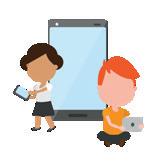






1. Physical and motor development
2. Cognitive development
3. Cultural and artistic development
4. Socio-emotional and ethical development
5. Language and Literacy
6. Numeracy
7. Play and activity-based learning
8. Holistic and multi-faceted learning
9. Inclusion of local traditions of India

10. Technology integration
Competencies and Domains
Teaching and Learning Pedagogy



Rhymes and Stories
Build familiarity with rhythm, phonetics, and vocabulary. Encourage development of gross motor skills.


Flash Cards
Assist development of basic numeracy, literacy and fine motor skills in a playful and engaging way. 1 2 5 6 7


Drawing and Scribbling activities
Promotes hand-eye coordination and motor skills.

STEM Exploration activities
Encourage curiosity, critical thinking and problem-solving.


Pretend
Reading and Drawing
Contribute


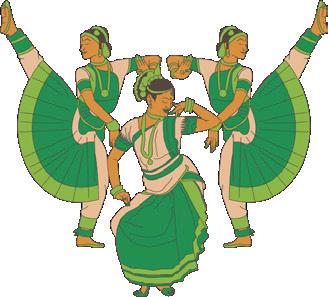
and



Exposure to diverse cultures to develop an appreciation for global and local artistic traditions, and connect with cultural heritage.
2 3 4 7 8 9


Picture Dictionary pages that enhance vocabulary and promotes language-rich discussions.

Storytelling and Role-Playing activities
Develop cognitive abilities like sequencing and understanding cause and effect. Allow exploration of emotional expression in social settings to develop empathy and ethics.

Phonological Awareness Activities


Help in grasping the sounds of spoken language, laying the foundation for reading and writing.

Digital Assets
Enhanced auditory learning in an engaging and tech-savvy environment.
The National Curriculum Framework for Foundational Stage (NCF-FS), released in 2022, is developed based on the vision of the National Education Policy (NEP) 2020 Its purpose is to enable the implementation of the NEP. The NCF-FS provides guidelines for designing syllabi, textbooks and learning materials for the Foundational Stage in India. It aims to improve the quality of education by making it more relevant, engaging, inclusive, and learner-centric. To achieve this, the NCF has articulated precise Learning Standards through well-defined Curricular Goals and Competency statements. These statements serve to harmonise the syllabus, content, pedagogical practices, and assessment culture, ensuring a cohesive and comprehensive educational experience.
Curricular Goals: Curricular Goals are statements that give directions to curriculum development and implementation. They are derived from Aims and are specific to a Stage in education.
Competencies: Competencies are learning achievements that are observable and can be assessed systematically. These Competencies are derived from the Curricular Goals and are expected to be attained by the end of a Stage.
NCF-FS Page 51
Children develop sharpness in sensorial perceptions
C-2.1 Differentiates between shapes, colours, and their shades
C-2.2 Develops visual memory for symbols and representations
C-2.3 Differentiates sounds and sound patterns by their pitch, volume, and tempo
C-2.4 Differentiates multiple smells and tastes
C-2.5 Develops discrimination in the sense of touch
C-2.6 Begins integrating sensorial perceptions to get a holistic awareness of their experiences
The above is a snapshot of the curricular goals and competencies relationship in the domain of Physical Development for the Foundational Stage (NCF-FS, page 59). The next section shows the coverage of various competencies across domains.



The NCF-FS highlights the importance of children's all-round and holistic development, also known as the Panchakosha Vikas (Five-fold Development) in the Indian tradition.
Based on the philosophy of Panchakosha Vikas, the five different domains of development recommended in the NCF-FS are as follows: Physical Development, Development of Life Energy, Emotional / Mental Development, Intellectual Development, and Spiritual Development. These domains have been covered extensively in our product, as can be seen from the mapping given below.
Physical Development (Sharirik Vikas)
Development of Life Energy (Pranik Vikas)
Rhymes and songs Circle time activities
Emotional and Mental Development (Manasik Vikas) Intellectual Development (Bauddhik Vikas)
General awareness
Stories Free play Life skills
Spiritual Development (Chaitsik Vikas)
Language and communication Life skills
Sequencing, patterning and sorting activities
Values, ethics and moral reasoning through stories and activity pages
Suggested activities Group activities Picture reading pages STEM exploration Sense of purpose through stories and classroom discussions
Sensory play Connection with nature Art and craft
Circle time activities
Art and craft
Energy awareness
Mind–body harmony
Nutrition awareness Health and safety pages
Health and hygiene practices
Activities that enhance gross and fine motor skills
Body awareness


Social skills
Activities focusing on problem solving and critical thinking skills
Positive self-concept
Memory and recall through games, repitition and other cognitive exercises
Art and craft
Incorporating the principles and guidelines of NCF-FS, our preschool curriculum is designed to provide a holistic and enriching learning experience, nurturing each child's unique potential and preparing them for future success.



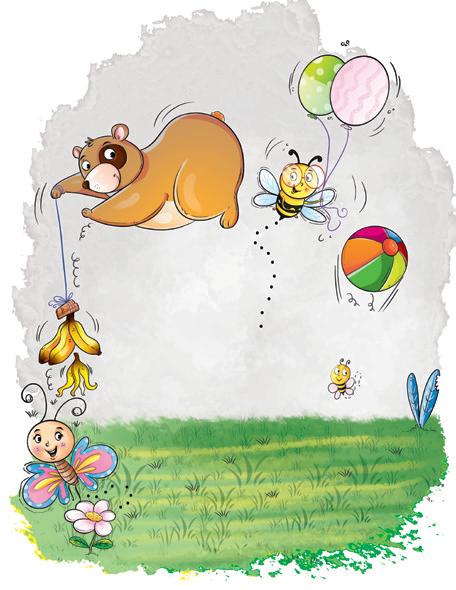


Attentive Listening: Encourage children to listen attentively to stories, rhymes, songs, and instructions.
Understanding and Following Directions: Help children understand and follow simple directions and classroom routines.
Listening Comprehension: Develop the ability to comprehend spoken language by asking questions about stories and discussions.





Picture Talk: Encourage classroom discussions by helping children express their thoughts clearly and confidently.
Vocabulary Building: Introduce new words in context through conversations, stories, and songs to expand vocabulary.
Storytelling and Role-playing: Foster creativity and narrative skills by engaging children in storytelling and role-playing activities.




Print Awareness: Help children understand that print carries meaning and that reading and writing are ways to convey information.
Letter Recognition: Introduce letters of the alphabet and their corresponding sounds in a playful and engaging manner.
Phonemic Awareness: Develop the ability to hear, identify, and manipulate individual sounds (phonemes) in spoken words.







Pre-writing: Develop fine motor skills and prepare for writing through tracing and pattern activities.
Modelled Writing: Demonstrate writing techniques by creating examples for children to observe and learn from.
Independent Writing: Encourage children to practise writing on their own, fostering creativity and confidence.

















Collaborative Learning: Promote group activities where children can share their ideas and listen to others, fostering social interaction.
Positive Communication: Teach children to express their needs and feelings using appropriate language and to respond to others with empathy and respect.


Introducing Simple Sentence Structures in Preschool: Help children form and understand basic sentences, building a


Daily Practice: Introduce simple sentences every day. Speak slowly and clearly, repeating sentences for children to imitate. Consistency in language use is the key.
Interactive Games: Play interactive games like Simon Says to encourage understanding and following of instructions.
Action Words: Use action words (verbs) in sentences: jump, run, sit, stand, go out, come in, close the door, pack your bags, open your notebooks, read a book, run, jump.
Role Play Routines: Engage in role-playing routines such as brushing teeth, combing hair, cleaning rooms, eating lunch, playing, and doing homework. Polite Language: Introduce polite words in daily interactions: please, thank you, sorry, may I, excuse me.
Example Sentence Structures: Here are some examples of sentence structures suitable for preschoolers:
• “May I come in?”
• “Thank you.”
• “Sorry.”
• “I am [name of the child].”
• “This is [name of the object/person].”
• “Please give me...”
“May I go to the washroom?”
“May I eat ...?”
“Pack your bags.”
“Sit down.”
• “Stand up.”
• “Open your lunch box.”
• “Talk to your friend.”
• “I am a boy/girl.”
• “I like ...”
• “I want...”
“Please eat...”
“Take out your pencils.”
“What is this?”







Mira is happy.
New bag. New books.
New crayons.

Mira meets Raja and his Amma.
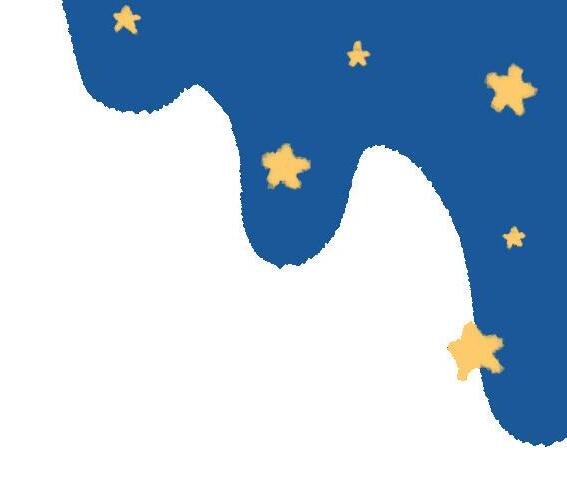


Mira and mama go to school. Mira and mama are happy.





Miss Nina says, ‘Hello!’


Mira and Raja are at school. They meet the teacher Miss Nina.

Mira is sad. Mira wants to go home.

Miss Nina takes Mira to the classroom. Mira sees happy children.


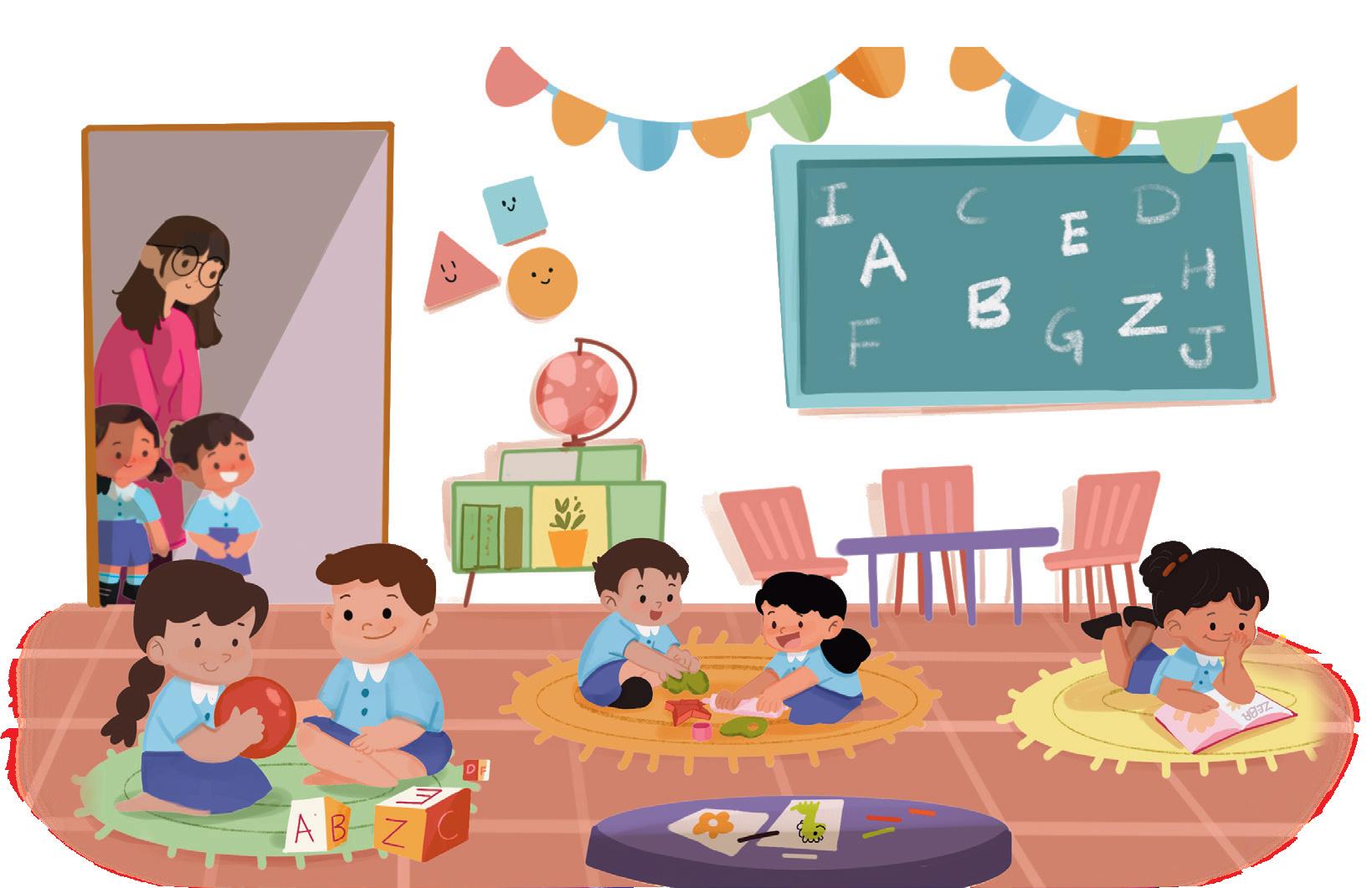
Mira and Raja say bye to their mamas and run inside the classroom.


• Understanding/observing picture story and comprehending its meaning
• Language development
Discuss:
1. What new things does Mira have for school?
2. Who does Mira meet at school?
3. How do you feel when you come to school? Why?
4. What do you bring to school that makes you happy?




Do these actions in the class and listen to the sounds.

• Awareness of the sounds
• Produces a variety of sounds by playing with voice, body, objects and instruments Objectives
For the Teacher: Encourage children to describe the pictures. Ask them to listen to the sounds: clap-clap, thump-thump, thud-thud, dum-dum, click-click, shhh!

Alphabet Song


A B C D E F G, H I J K,
L M N O P
Q R S, T U V, W X, Y and Z.







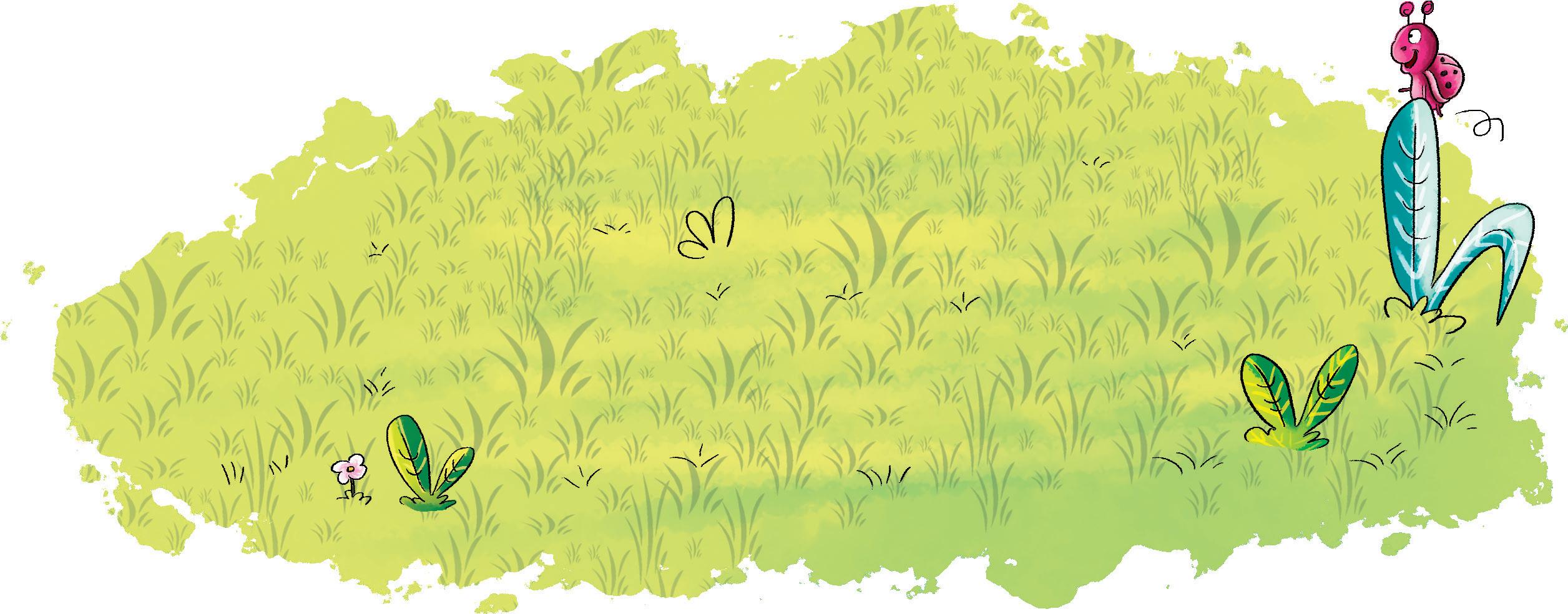
An alligator and an ant on the ground, Look up! An apple can be found.

Objectives • Letter recognition • Association of the letter with its sound

Trace the letter Aa with different colours.






Objectives




bBThe bouncing ball goes round and round, A brown bear dances on the ground. B says /b/-/b/-/b/

Objectives
• Letter recognition • Association of the pictures with the letter sound

Trace the letter Bb with different colours. Colour the ball. Say /b/-/b/-ball.






Objectives
• Letter recognition • Association of the picture with the letter sound • Fine motor skills









cCCathy cat runs after a cap, Coco cow wakes up from a nap. C says /k/-/k/-/k/

Objectives
• Letter recognition
• Association of the pictures with the letter sound

Trace the letter Cc with different colours.




1
1
Match the cups that are of the same colour. Say /k/-/k/-cup.



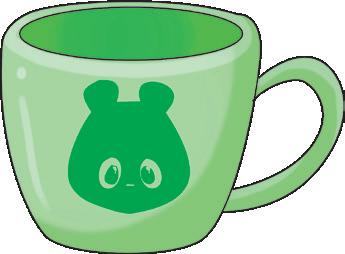

Objectives
• Letter recognition
• Fine motor skills




• Association of the pictures with the letter sound
• Hand-eye coordination


Objectives
• Vocabulary and language development
• Stimulate conversation • Observation
• Cultural awareness

drums
train blocks

doll house kitchen set kite










Trace the letter Dd with different colours.




1 2
Tear and paste pieces of coloured paper in the dolphin. Say /d/-/d/-dolphin.

Objectives • Letter recognition • Association of the picture with the letter sound • Fine motor skills

Hand-eye coordination







An elephant stomps to shake the ground. E says / /-/ /-/ /

Objectives
• Letter recognition • Association of the pictures with the letter sound

Trace the letter E with different colours.





Objectives
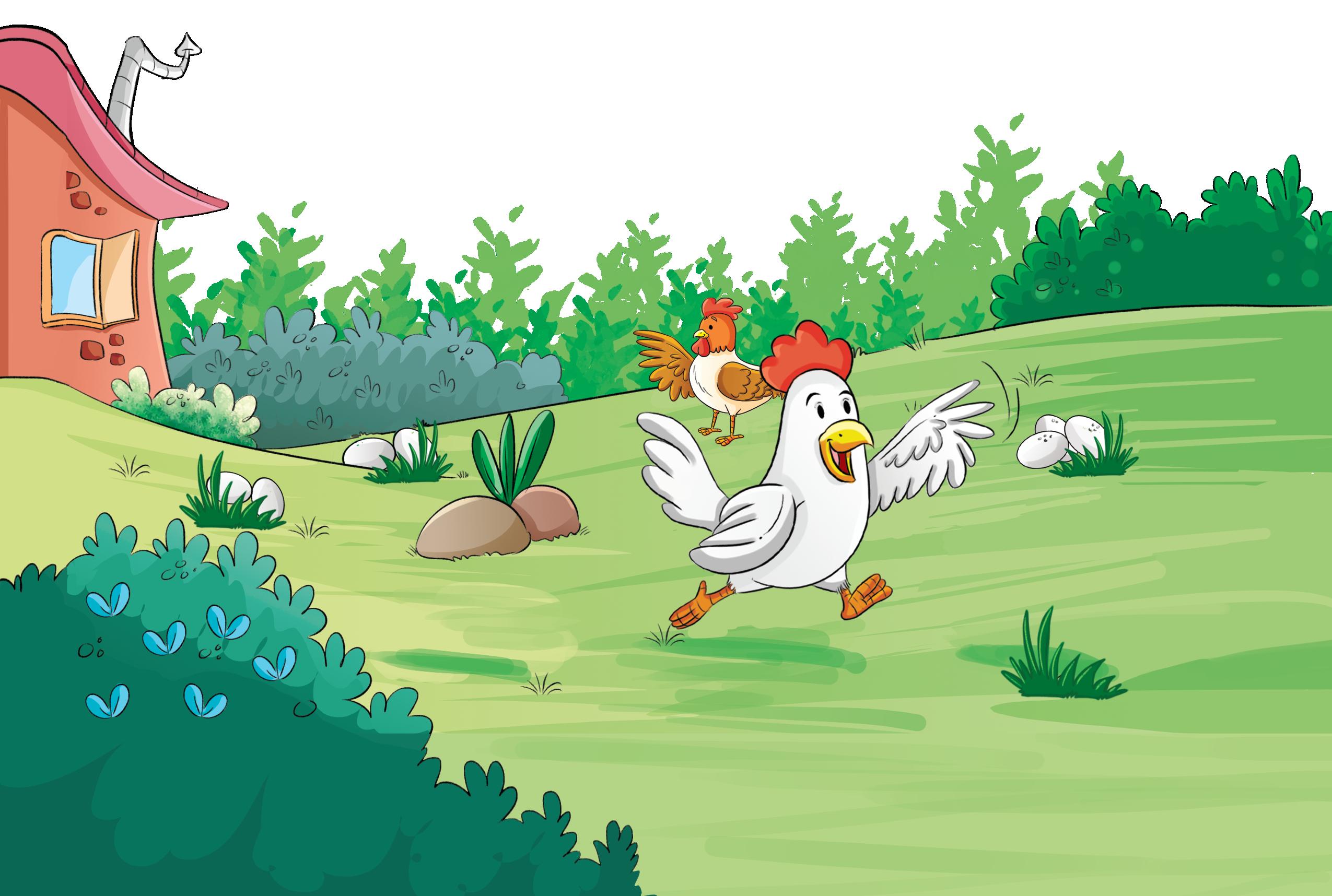






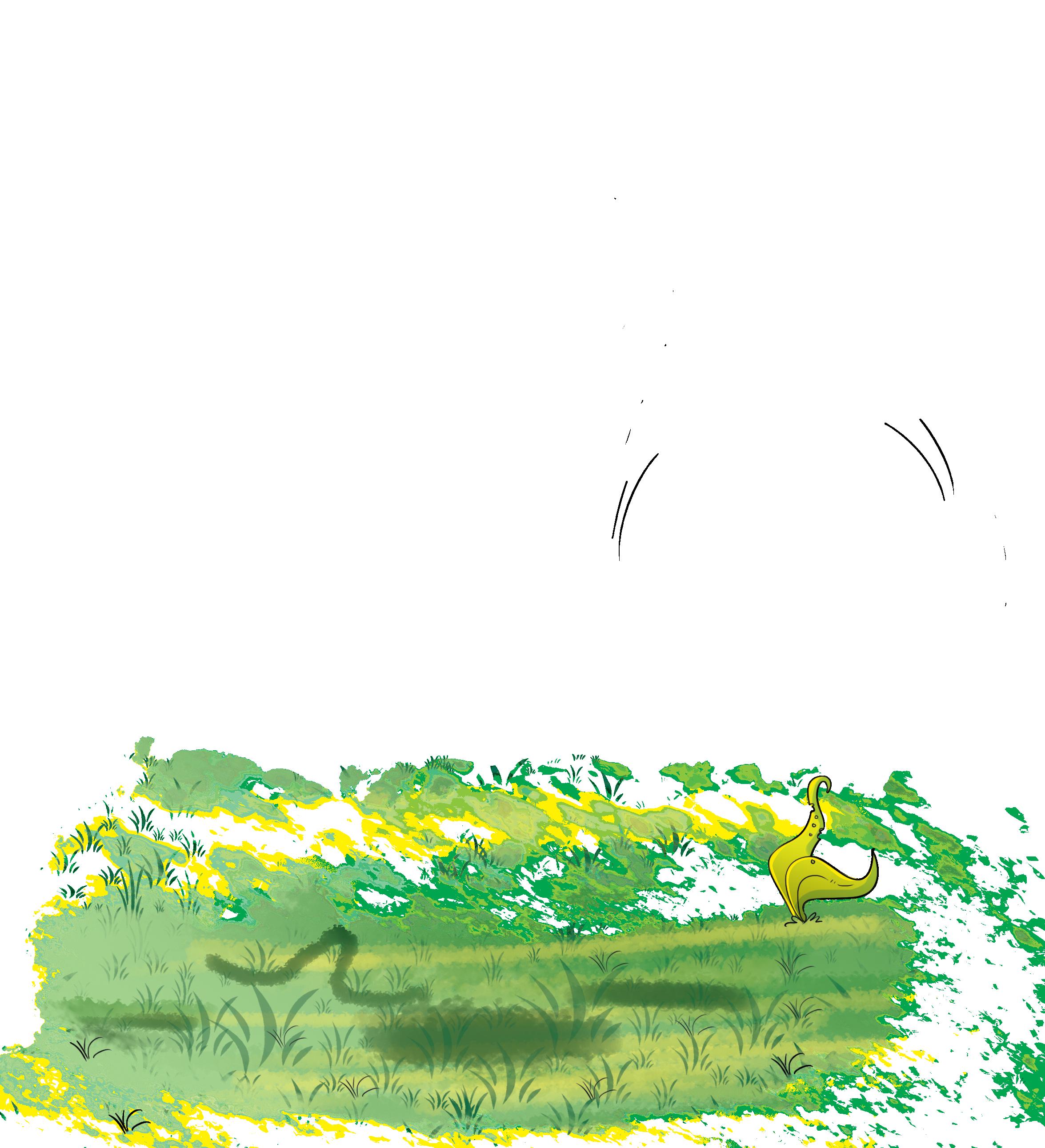


Objectives
• Letter recognition • Association of the pictures with the letter sound

Trace the letter Ff with different colours.




Paste a few fish in the pond. Say /f/-/f/-fish. (Use the sticker sheet)


Objectives







ini goat, with a grin so wide, Munches on grapes right by my side. says /g/-/g/-/g/

Objectives
• Letter recognition • Association of the pictures with the letter sound



















Hira the horse goes hop, hop, hop! He meets a hen on the hilltop. H says /h/-/h/-/h/

Objectives
• Letter recognition • Association of the pictures with the letter sound

Trace the letter Hh with different colours.




Paint your palm using a paintbrush. Then, press here to make your handprint. Say /h/-/h/-hand.

Objectives
• Letter recognition • Association of the picture with the letter sound • Fine motor skills








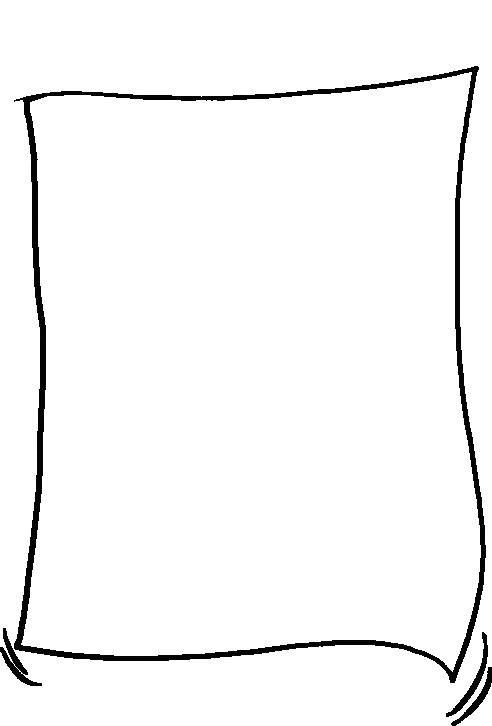
In India, lives an insect so sweet! She spills some ink on her tiny feet. I says /i/-/i/-/i/

Objectives
• Letter recognition • Association of the pictures with the letter sound

Trace the letter Ii with different colours.




Paste stickers of a few insects here. Say /i/-/i/-insect.
(Use the sticker sheet)




Objectives








JJohnny Joker loves juice so sweet, In his jeep, he tours the street. J says /j/-/j/-/j/

Objectives
• Letter recognition • Association of the pictures with the letter sound

Trace the letter Jj with different colours.




Take the joker to the glass of juice by tracing the dotted lines. Say /j/-/j/-joker.


Objectives

Letter recognition • Association of the pictures with the letter sound





king kettle



kKelly Kangaroo hops with glee, Flying kites and sipping tea.
K says /k/-/k/-/k/

Objectives
• Letter recognition
• Association of the pictures with the letter sound

Trace the letter Kk with different colours.




Match the kites which are the same. Say /k/-/k/-kite.




Objectives









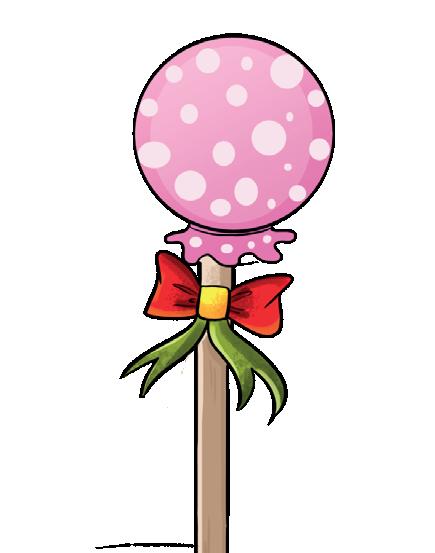


lObjectives

Trace the letter Ll with different colours.




black bindis on the ladybird. Say /l/-/l/-ladybird.


Objectives








ini monkey on a mat, unching mango, just like that! says /m/-/m/-/m/

Objectives
• Letter recognition • Association of the pictures with the letter sound

Trace the letter m with different colours.




Stick mangoes on the mango tree. (Use the sticker sheet) Say /m/-/m/-mango.


Objectives


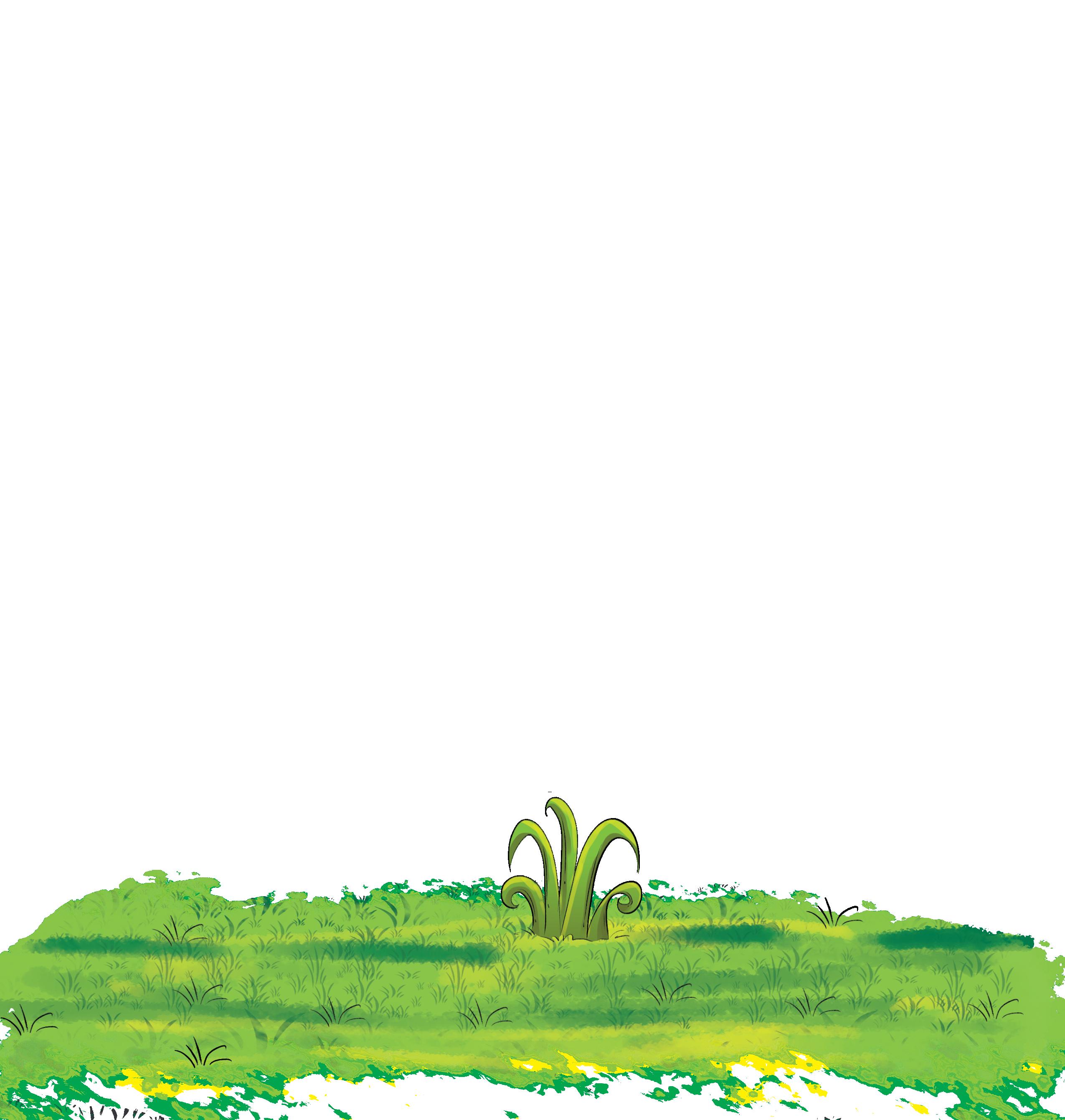


How many Ns do I see? N for nose, N for neck, N for necklace, N for net. N says /n/-/n/-/n/

Objectives
• Letter recognition • Association of the pictures with the letter sound

Trace the letter Nn with different colours.




Dip your fingers in paint. Now, press your painted fingertips on each dot to make a necklace. Say /n/-/n/-necklace.

Objectives • Letter









Olly Ostrich and Oddy Ox, Eat oranges on the sea rocks. O says /o/-/o/-/o/

Objectives
• Letter recognition • Association of the pictures with the letter sound

Trace the letter Oo with different colours.




Trace the dots to make oranges. Then, colour them. Say /o/-/o/-orange.

Objectives


For the Teacher: Begin by asking the children what they see in the park scene to encourage observation and description. Discuss the activities the children and animals are engaged in: playing with a ball, reading, skipping, see-sawing, sleeping, climbing, cycling, and sliding. Ask questions like, "What is the girl doing?" or "Where is the cat?" to promote vocabulary use. Encourage students to describe the scene in full sentences and share their own park experiences. Highlight action words (playing, reading, etc.) and discuss the roles of the people and animals. Foster a fun, interactive conversation to enhance language development and social skills.


Objectives
• Vocabulary and language development
• Observation • Cultural awareness

• Stimulate conversation









Peacock, peacock, blue and green, Pretty parrot, have you seen?
P says /p/-/p/-/p/

Objectives
• Letter recognition • Association of the pictures with the letter sound

Trace the letter Pp with different colours.




Spread some yellow paint on your fingers. Then, press your painted fingertips on each dot to paint a pineapple. Say /p/-/p/-pineapple.


Objectives







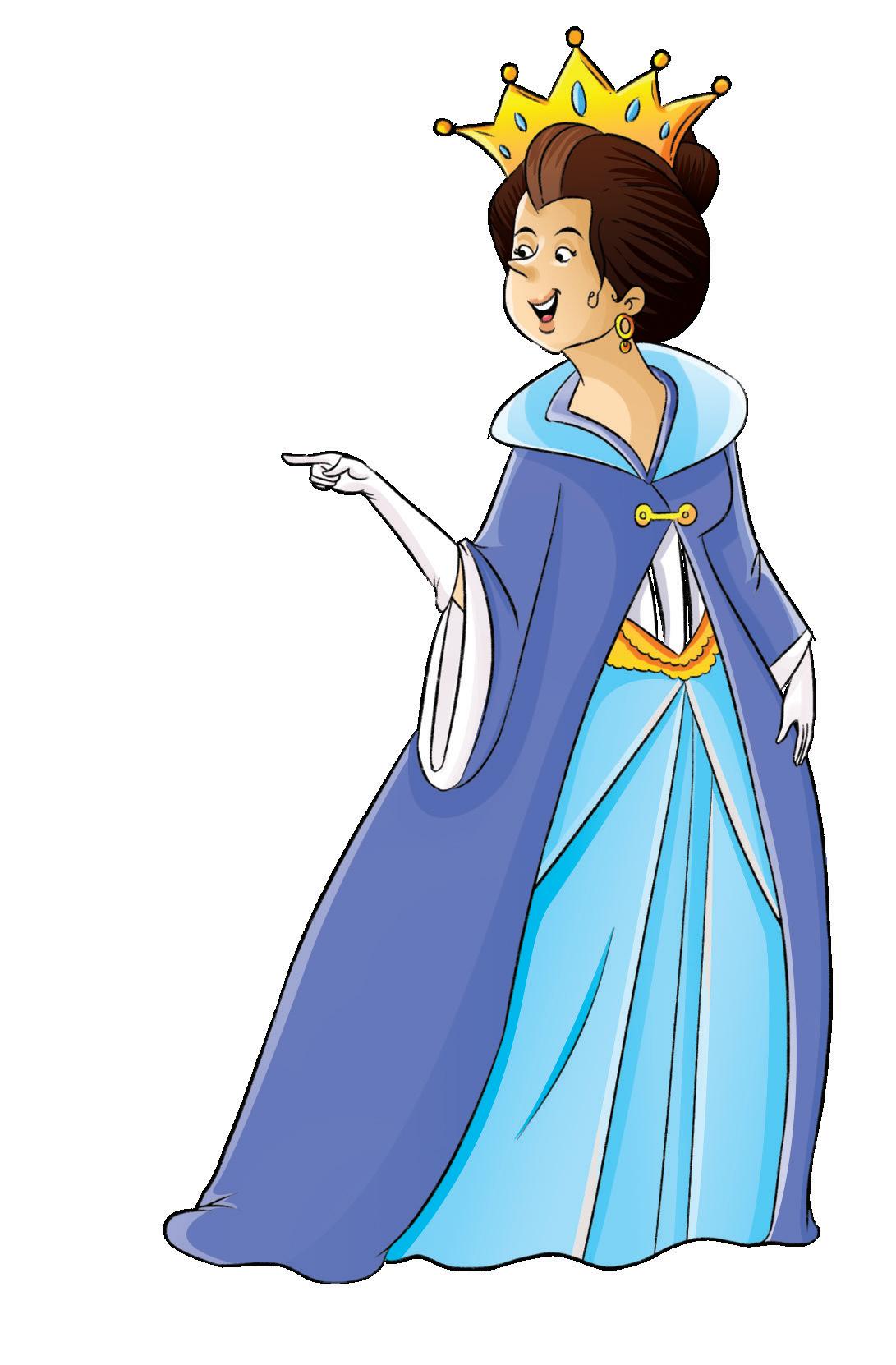


Trace the letter Q with different colours.




Trace the patterns on the queen’s quilt. Say /kw/-/kw/-quilt.












r RRabbit and robot in a lane, Watching red roses in the rain. R says /r/-/r/-/r/

Objectives
• Letter recognition • Association of the pictures with the letter sound

Trace the letter Rr with different colours.




Trace the dots to take the rabbits to the rings. Say /r/-/r/-rabbit.
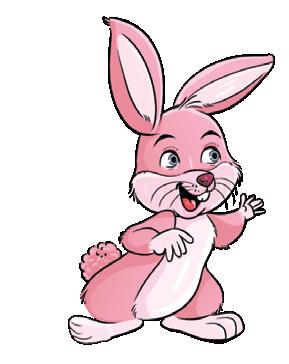



Objectives • Letter recognition
Association of the pictures with the letter sound
Hand-eye coordination
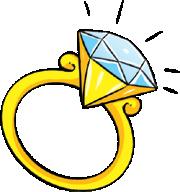







• Understanding/observing picture story and comprehending its meaning • Language development


Rohan.....turn off the tap.
No

For the Teacher: Begin by asking the children to observe the bath scene and describe what they see. Ask questions such as, "What is Rohan doing?" "What does Mama ask Rohan to do, and why?" to promote vocabulary use. Encourage students to describe the scene and focus on the main message of the story. Highlight that water is a valuable resource and discuss the importance of saving it.

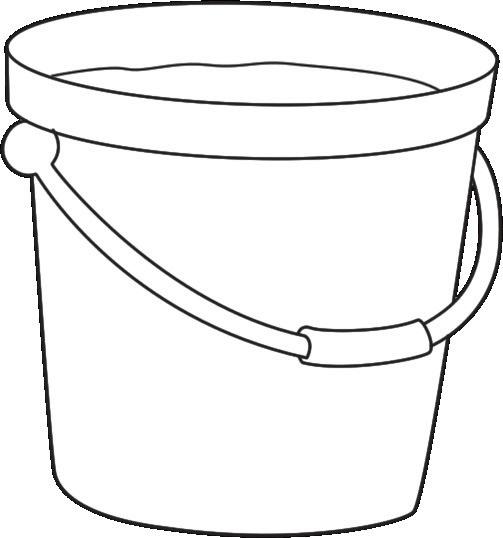







Objectives
• Fine motor skills










Spider, spider, step-by-step, Slowly, slowly, spins a web! S says /s/-/s/-/s/

Objectives
• Letter recognition • Association of the pictures with the letter sound

Trace the letter Ss with different colours.




Take the spiders to the stars by tracing the dotted lines. Say /s/-/s/-spider.





Objectives • Letter recognition
Fine motor skills


Association of the pictures with the letter sound
Hand-eye coordination










TA tiger near a tree so tall, Loves tomatoes, eats them all! T says /t/-/t/-/t/
Objectives
• Letter recognition • Association of the pictures with the letter sound

Trace the letter Tt with different colours.






Objectives








under

Under the umbrella, what do you see?
My dear uncle smiling at me! U says /u/-/u/-/u/

Objectives
• Letter recognition • Association of the pictures with the letter sound

Trace the letter Uu with different colours.
Circle the animal which is under the table.
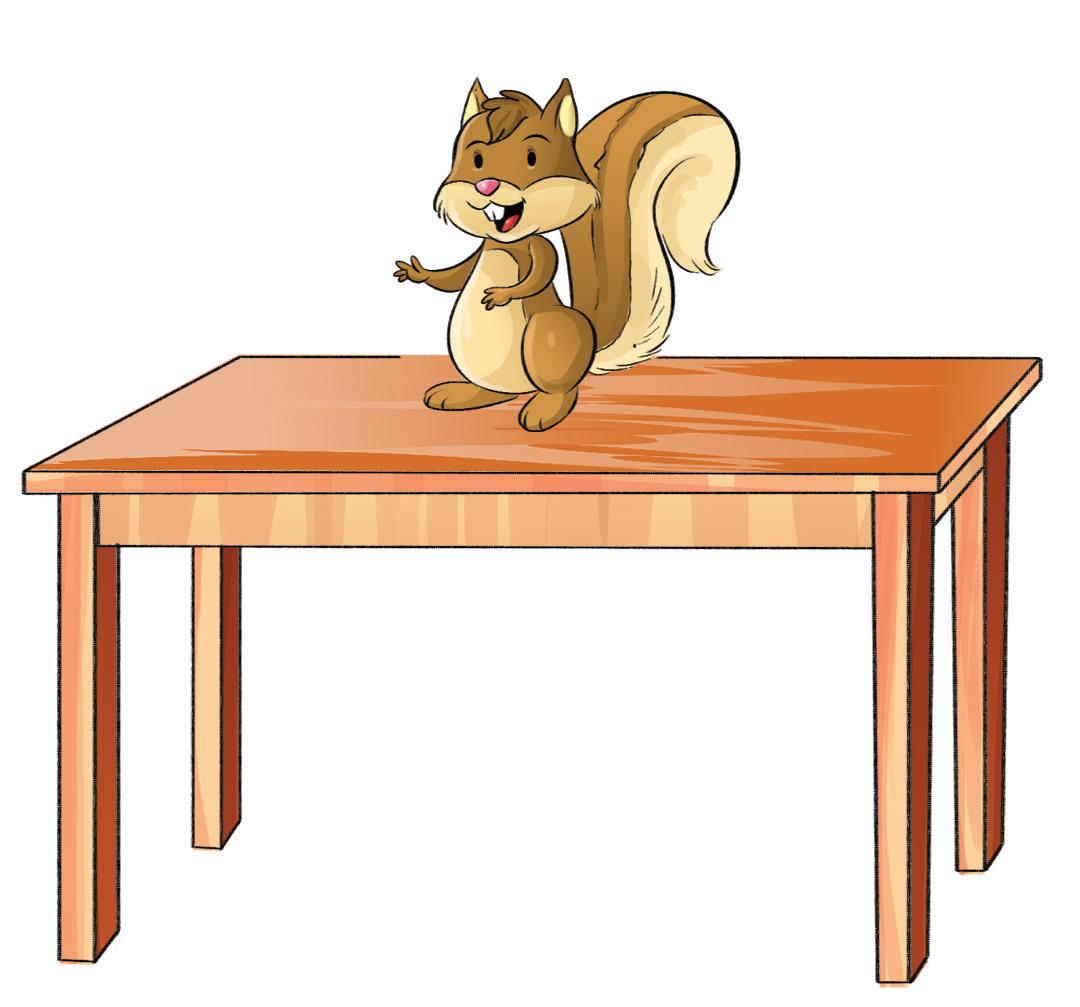

Objectives





Misa wakes up. She looks out of the window. Wow!

Out she goes to play with her friends Tara and Amir.
She wears her jacket. gloves, boots and a big cap.

Look! The snowman is ready!


The wind blows and they feel cold. They run into the house. It is warm there.
Mumma gives them warm milk with pakoras. Winter in the mountains is the best.

Objectives
• Understanding/observing picture story and comprehending its meaning • Language development








VIn the van, vegetables ride, Vulture watches, soaring wide. V says /v/-/v/-/v/

Objectives
• Letter recognition • Association of the pictures with the letter sound

Trace the letter Vv with different colours. Circle all the vegetables. Say /v/-/v/-vegetables.



Objectives








• Letter recognition • Association of the pictures with the letter sound • Fine motor skills








Green outside and red within, Watermelon is where summer begins! W says /w/-/w/-/w/

Objectives
• Letter recognition • Association of the pictures with the letter sound

Trace the letter Ww with different colours.





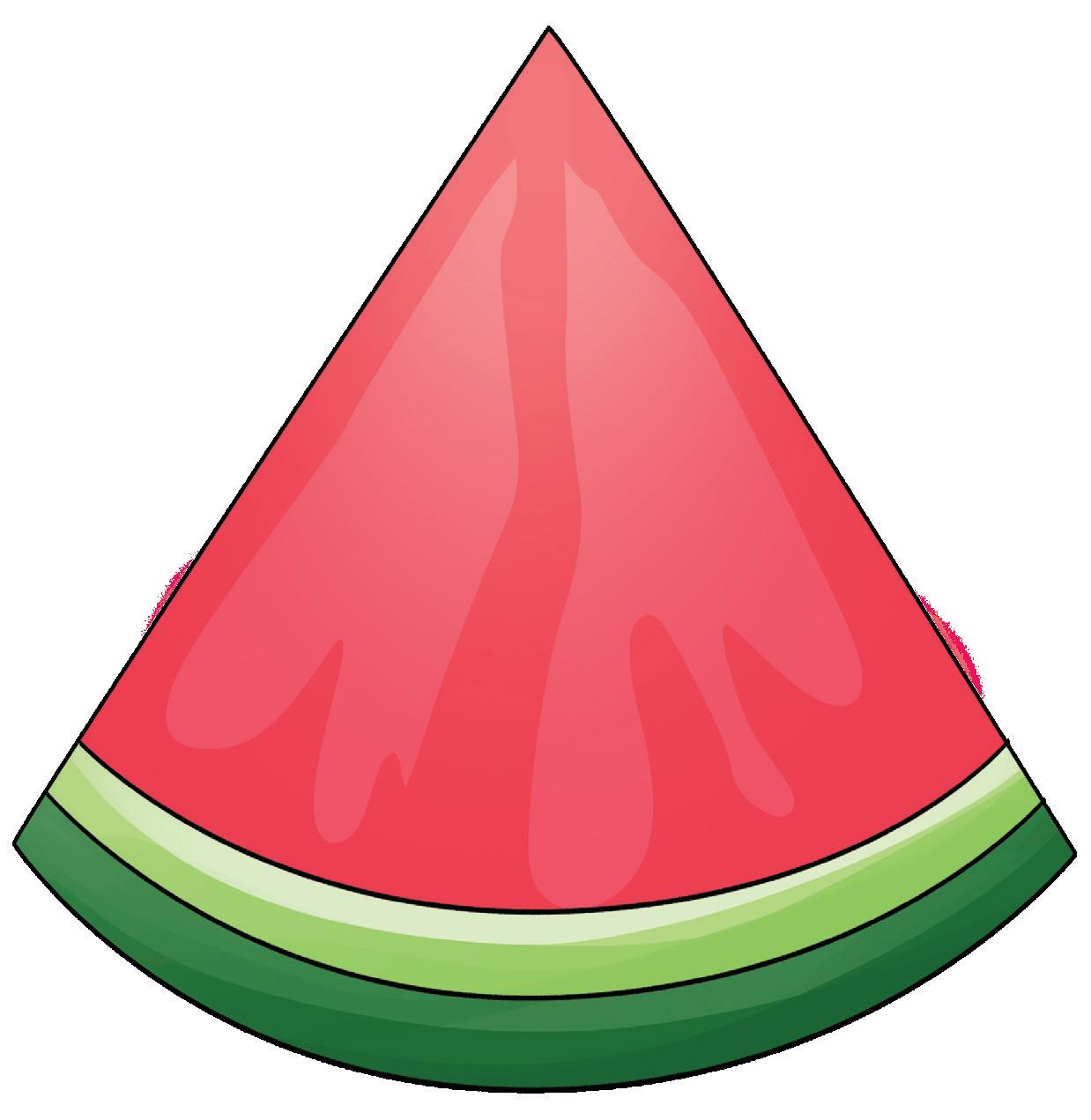








How many Xs do I see? X in fox, x in box, X in mix, x in six. X says /ks/-/ks/-/ks/

Objectives

• Letter recognition • Association of the pictures with the letter sound

Trace the letter Xx with different colours.




Look at the shadows and paste the correct stickers.
(Use the sticker sheet)
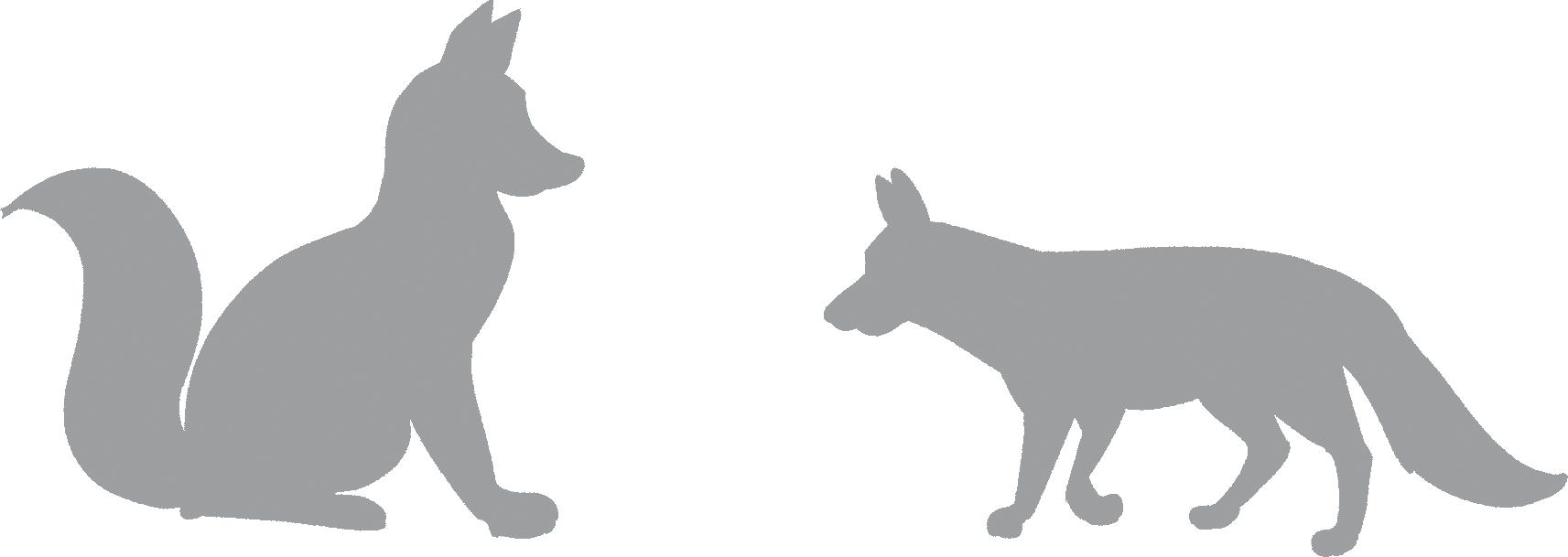

Objectives








YStretch and bend, it's oga da , Breathe in deep, run and pla ! Y says / /-/ /-/ /

Objectives
• Letter recognition • Association of the pictures with the letter sound

Trace the letter Yy with different colours.




Let’s do oga. Try these oga poses. Say / /-/ /- oga.



Objectives

• Letter recognition • Association of the pictures with the letter sound • Fine motor skills








Zulu zebra lives in a zoo, With lions and tigers, And monkeys too! Z says /z/-/z/-/z/

Objectives
• Letter recognition • Association of the pictures with the letter sound

Trace the letter Zz with different colours.




Trace the zig-zag lines. Say /z/-/z/-zig-zag.

Objectives


See the picture and circle the correct letter.






Objectives

C E H
B
B I
I
D U
W Z O L A
• Matching • Letter recognition • Association

Match the letters with the correct pictures.









Objectives
• Matching
Letter recognition


Objectives
• Vocabulary and language development
• Observation

• Stimulate conversation


Daily Practice: Introduce simple sentences every day. Speak slowly and clearly, repeating sentences for children to imitate. Consistency in language use is the key.
Interactive Games: Play interactive games like Simon Says to encourage understanding and following of instructions.
Action Words: Use action words (verbs) in sentences: jump, run, sit, stand, go out, come in, close the door, pack your bags, open your notebooks, read a book, run, jump.
Role Play Routines: Engage in role-playing routines such as brushing teeth, combing hair, cleaning rooms, eating lunch, playing, and doing homework.
Polite Language: Introduce polite words in daily interactions: please, thank you, sorry, may I, excuse me.
Example Sentence Structures: Here are some examples of sentence structures suitable for preschoolers:
• “May I come in?”
• “Thank you.”
• “Sorry.”
• “I am [name of the child].”
• “This is [name of the object/person].”
• “Please give me...”
• “May I go to the washroom?”
• “May I eat ...?”
• “Pack your bags.”
• “Sit down.”
• “Stand up.”
• “Open your lunch box.”
• “Talk to your friend.”
• “I am a boy/girl.”
• “I like ...”
• “I want...”
• “Please eat...”
• “Take out your pencils.”
• “What is this?”
• “Where is...?”

Say the Letter and Sound: Hold up a flashcard and say the letter written on it, and its sound, out loud. Active Participation: Ask children to say the letter and its sound, or to find the corresponding flashcard when prompted.
Mixed Order Recognition: Change the order of the flashcards regularly to ensure children recognise letters by sight and not just by sequence.
Flashcard Hunt: Hide flashcards around the classroom and ask the children to find them, promoting movement and engagement.
Memory Game: Place the cards face down and ask children to take turns flipping two cards to find a match. Once a match is found, have them say the letter and its sound.
Sequencing: Mix up the flashcards and give them to the children. Have them place the cards in the alphabetical order, saying each letter and its sound as they place it.
Letter and Picture Matching: Lay out letter cards and a set of picture cards. Have children match each letter with a picture that starts with that letter sound (e.g., “A” with a picture of an apple).
Story Creation: Pick a few letter flashcards and use them to create a short story. For example, “A is for Apple. B is for Ball. The apple and the ball go to meet a cat." Encourage children to add to the story with their own letter flashcards.
Alphabet Songs: Sing alphabet songs and show the corresponding flashcard for each letter, combining music with visual learning.
Pre-Writing Activities: Encourage children to engage in activities that build fine motor skills, such as tearing, pasting, pouring, spooning, sorting big beans, scribbling, stringing large beads, peeling bananas and oranges, and using clay dough. These activities prepare their hands for writing and tracing.
Print-Rich Environment: Create an environment filled with pictures and letters. Display alphabet posters, labels, and books to immerse children in a world of print.
Large Letters for Tracing: Provide large letters printed on paper for children to trace with their fingers or crayons. This helps them learn the shape and form of each letter.
Sandpaper Letters: Make large sandpaper cutouts of letters and ask children to trace the letters while saying the sound aloud. The tactile experience reinforces letter recognition.
Sensory Tracing: Have children trace letters in various mediums like sand, water, air, and even on each other's backs. This multi-sensory approach enhances memory retention.
Introduce Beginning Sounds: Teach the beginning sounds of words to help children associate letters with their corresponding sounds.
Letter Walks: Draw letters on the floor and have children walk along the shapes. Encourage them to say the sounds of the letters and sing rhymes associated with each letter as they walk.
Chalk and Newspaper Writing: Give children chalk to write or trace letters on the floor and the newspaper.
This large-scale writing practice is both fun and effective.
Clay and Play-Dough Letters: Provide clay or play-dough for children to mold into letter shapes. This hands-on activity reinforces letter formation and recognition.
Explore Environmental Sounds: Introduce children to various sounds in their surroundings. Use circle time activities to help them recognise sounds of things like bells, tambourines, birds, wind, and more.
Engage with Songs and Rhymes: Sing songs and recite rhymes together. Encourage children to repeat rhymes and identify rhyming words.
Record and Identify Sounds: Record children's voices and different sounds. Prompt them to identify these sounds and discuss their interpretations (e.g., raindrops: "tup tup tup").
Familiarise with Everyday Sounds: Make children familiar with common sounds such as paper crumpling, feet stomping, or plates clinking.
Use Familiar Words for Letter Connections: Reinforce letter-sound relationships with easily recognisable words (e.g., "A" for apple, "B" for ball).
Incorporate Letter Sound Songs and Chants: Include songs and chants that emphasise letter sounds during activities.
Utilise Flashcards with Letters and Pictures: Use visual aids like flashcards depicting letters and corresponding images to reinforce learning.
Read Phonics-Emphasised Stories: Read stories that highlight specific letter sounds. Use gestures to enhance understanding (e.g., slithering hand motion for "Sss").
Create a Phonics Wall or Board: Dedicate a classroom wall or board to display letters and their associated images for visual reinforcement.
Utilise Educational Apps and Videos: Incorporate phonics-focused educational apps and videos to supplement learning.
Play Interactive Learning Games: Engage children with interactive games like “I Spy” focusing on letter sounds (e.g., “I spy something that starts with /b/”) or “Sound Bingo.”
Integrate Phonics into Daily Activities: During snack or playtime, identify foods or objects starting with specific letter sounds to reinforce learning in everyday contexts.
Promote Politeness: Encourage polite interactions among children.
Provide Positive Reinforcement: Praise children for their contributions and maintain a friendly and interactive atmosphere.
Daily Circle Time: Organise daily circle time activities where children can share experiences and stories. Respect Language Preferences: Encourage children to speak in their preferred language without imposing a single language.
Incorporate Show and Tell: Make show-and-tell a regular part of classroom routines to foster sharing and communication skills.
Encourage Decision Making: Allow children to make small decisions during activities to promote confidence and participation.
Start with Warm-Up Activities: Begin the day with calming warm-up activities like singing familiar songs or playing simple games.
Use Props and Visual Aids: Pass around objects during circle time to designate speaking turns and organise activities that require taking turns.
Facilitate Pair and Group Activities: Pair children for tasks or group games that encourage communication and teamwork, like “Simon Says”.
Role-Playing Scenarios: Create scenarios (e.g., grocery store, doctor's office) with props to stimulate interaction and communication in role play.
Encourage Pretend Play: Support imaginative play where children can engage freely in conversations and storytelling.
Ask Open-Ended Questions: Prompt discussions with questions about daily activities, preferences, or observations to stimulate conversation.
Interactive Songs and Rhymes: Sing songs and nursery rhymes that involve actions and responses to engage children in verbal participation.
Picture Descriptions: Use pictures from books or magazines to encourage children to describe what they see and share their thoughts.
Use Puppets for Storytelling: Utilise puppets to act out stories or scenarios, prompting children to engage in dialogue and storytelling.
Support Shy Children: Be patient and provide gentle encouragement and individual support to children who are hesitant to speak.
Provide One-on-One Time: Spend dedicated time with children who need extra support to build their confidence in speaking and interacting.





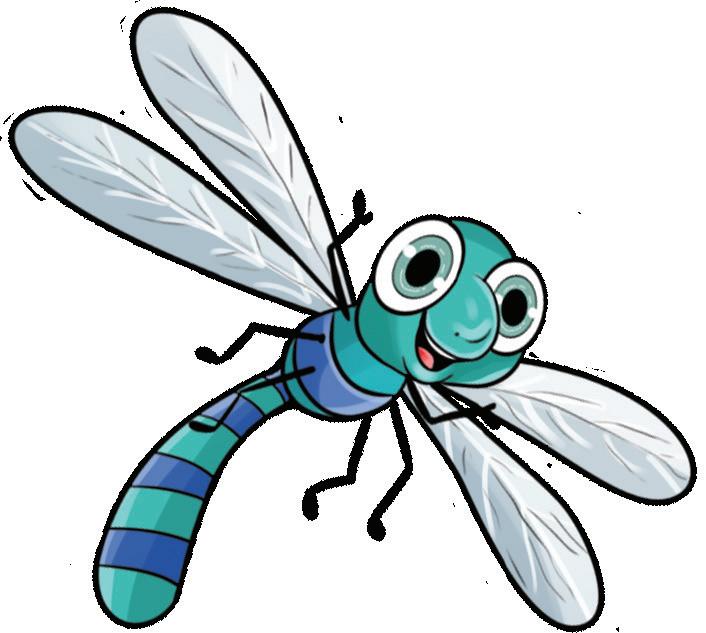

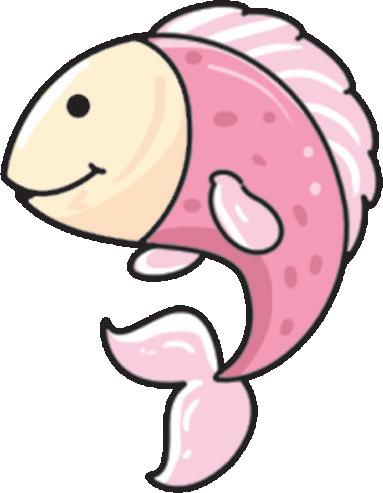












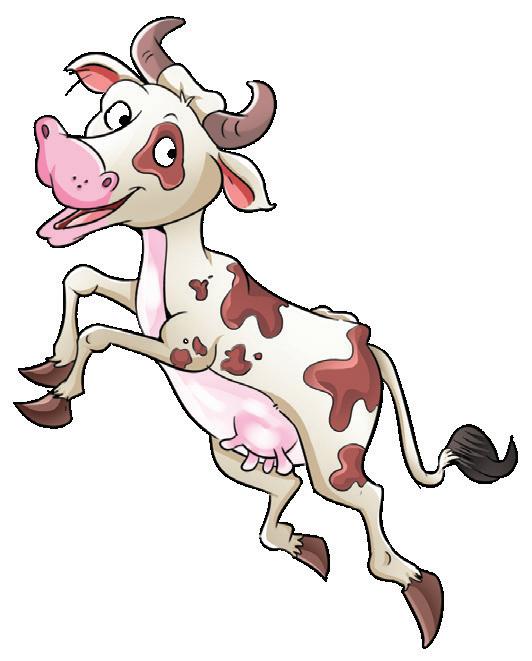



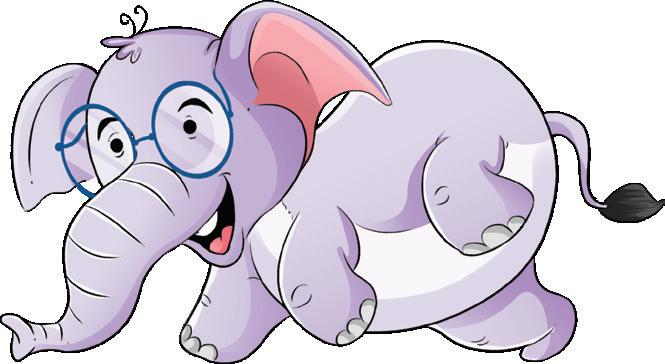













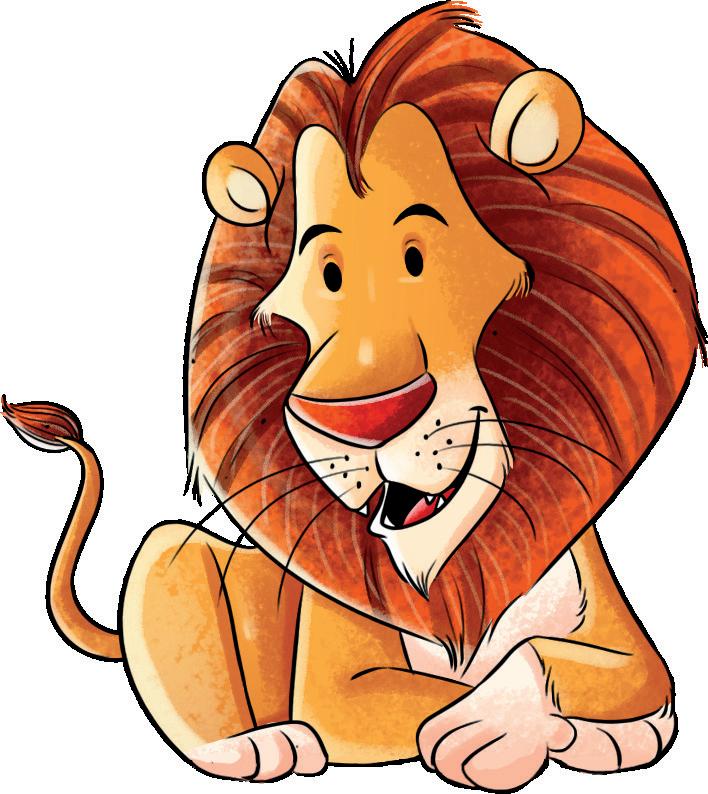



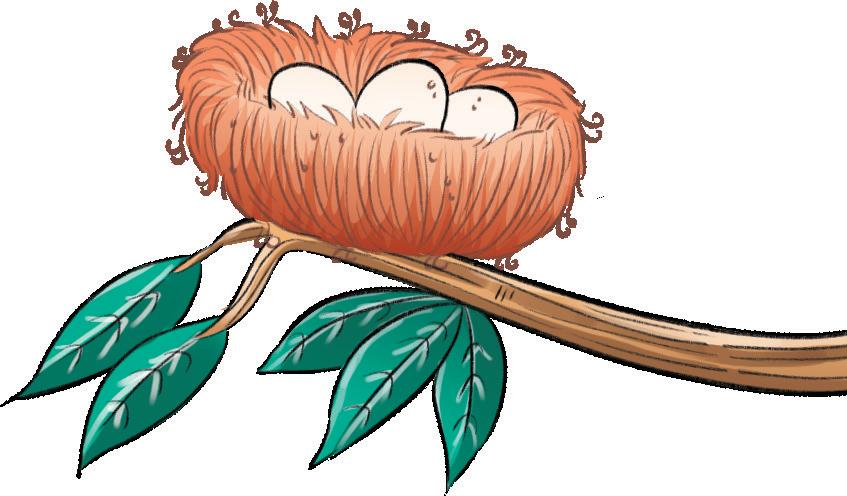
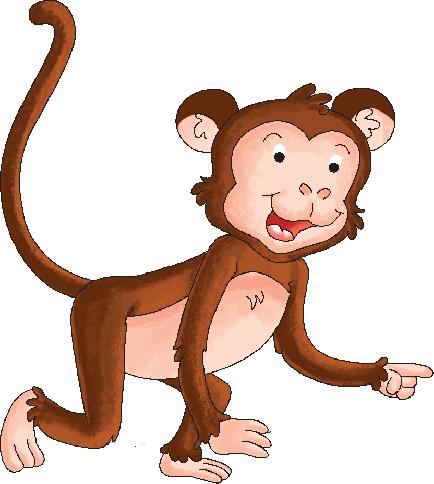




















DAWN is a comprehensive, NCF 2022-based Early Childhood Education program that lays a solid foundation for lifelong well-being and holistic growth, encompassing physical, cognitive, and socio-emotional development.
This Literacy Skillbook has been designed to especially develop phonemic awareness, soundsymbol relationship, vocabulary, oral language, reading comprehension and writing skills.
Additional Resources
• Flash Cards
• Sticker Sheets
• Suggested Activities List, for teacher and parents
• Teacher's Manual
• Digital Resouces
• Assessment Sheets and Holistic Progress Card
• Play-based learning activities, which promote holistic development of the child in all ECE domains
• School readiness, which is assured in the curriculum and learning design
• All-round development, in areas of physical, cognitive, cultural and socio-emotional domains
• Teacher assets, like assessment tools and lesson plans to help maximise program quality and outcomes
Uolo partners with K-12 schools to provide technology-enabled learning programs. We believe that pedagogy and technology must come together to deliver scalable learning experiences that generate measurable outcomes. Uolo is trusted by over 15,000+ schools across India, Southeast Asia and the Middle East.
ISBN 978-81-980375-5-8
